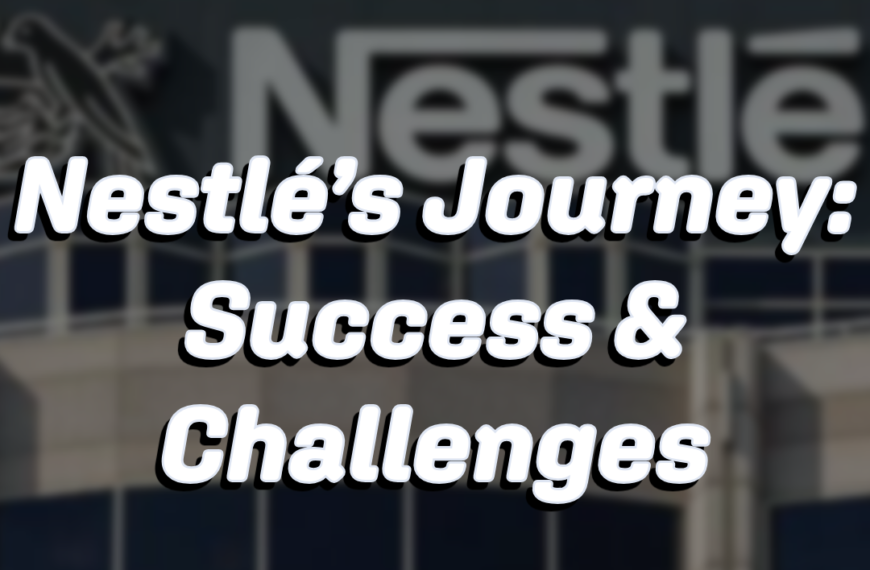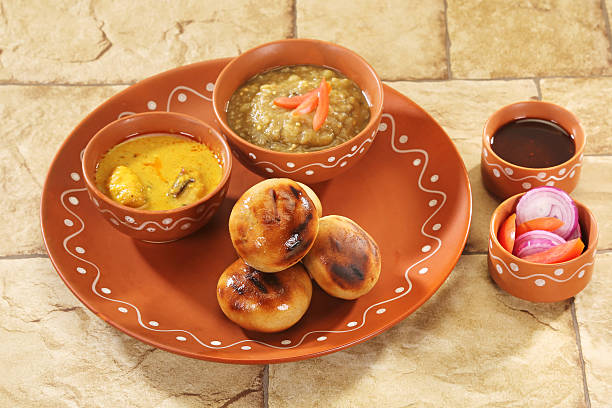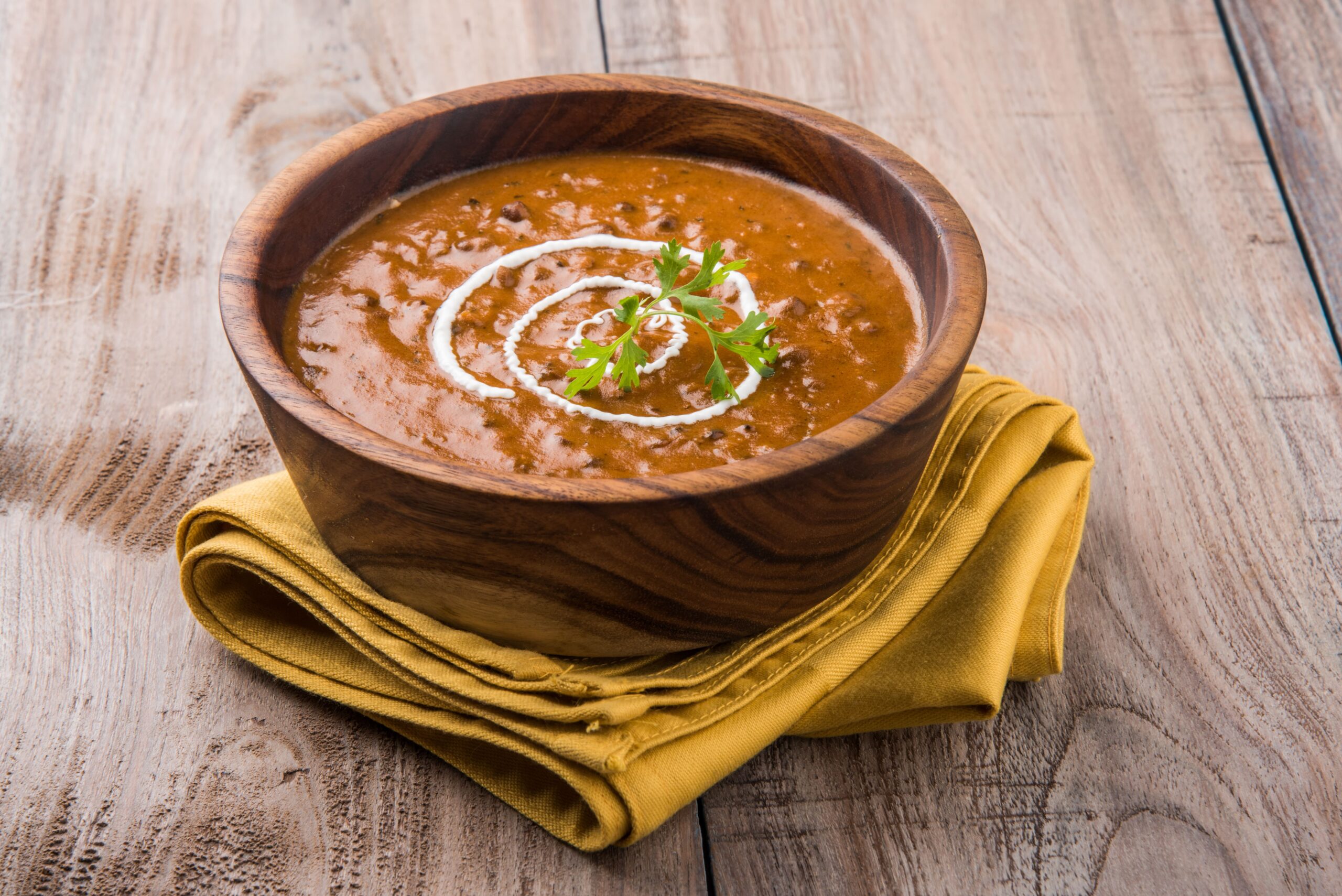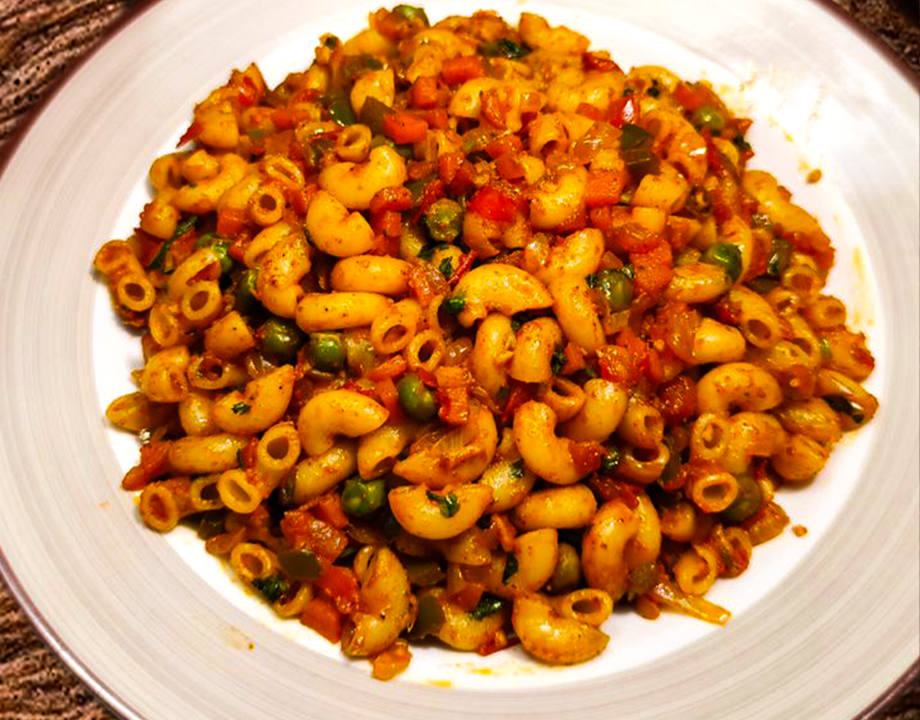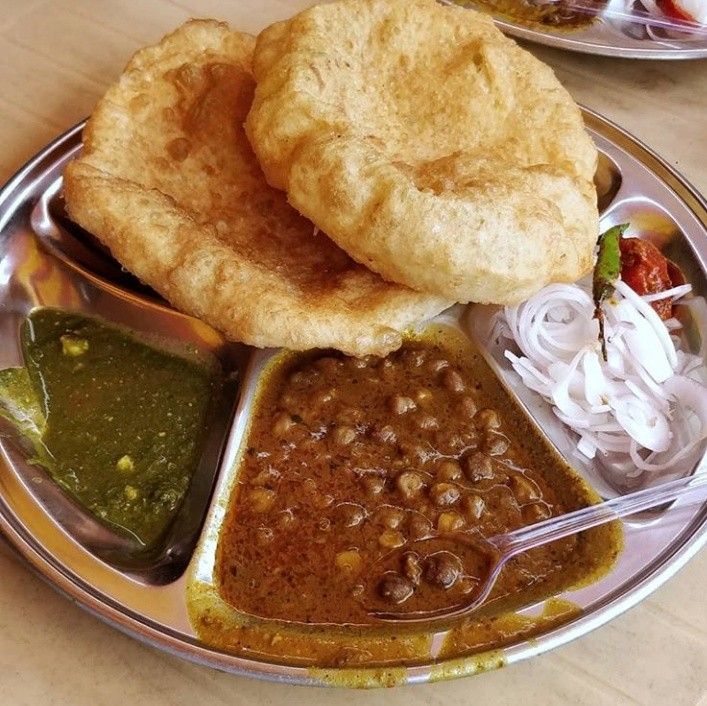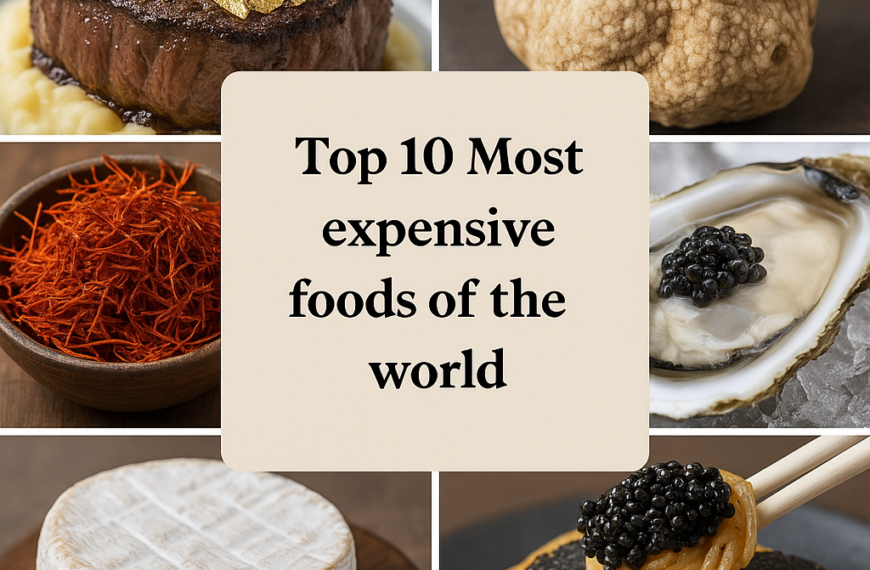Introduction

McDonald’s serves more than 69 million customers each day. We are the world’s largest fast-food chain. We have more than 38,000 restaurants in over 100 countries.
This Fast-Food Giant isn’t just a restaurant. It’s a symbol of the fast-food revolution, efficiency, and business innovation. And over the decades, it has influenced pop culture and changed the way we eat, travel, and socialize. Whether it’s a grab-and-go breakfast, a kid’s Happy Meal, or a late-night drive-thru bite, McDonald’s has built an empire on convenience and consistency.
Here is how this Iconic Burger Brand grew from a small local restaurant into a global fast food company. Here we look at the founding history, growth, challenges, innovations, and impact on the food industry.
Early Days and Founding
McDonald’s history, Richard and Maurice McDonald opened a small barbecue restaurant in San Bernardino, California, in 1940. They wanted to create a simple, efficient dining experience for customers.
But they soon discovered that people really came there for hamburgers, fries and milkshakes, so they changed everything. In 1948 they closed the restaurant for a few months and reopened it with a whole new system—the “Speedee Service System. ”
The Birth of Fast Food
- The Speedee Service System was revolutionary because:
- It focused on speed, efficiency, and low-cost production.
- The kitchen was set up like an assembly line, so that food was produced quickly and uniformly.
- They cut waiters and waitresses and served food and drink at the counter so that everyone could help themselves.
- This “fast food” was an entirely new concept at the time, but it really revolutionized the industry.
But then a struggling milkshake machine salesman named Ray Kroc visited the McDonald brothers. He saw their efficient system and high sales volume and thought this was a business opportunity he couldn’t pass up, so he convinced the brothers to franchise the business—a decision that would change the face of fast food forever.
Growth and Expansion: The Ray Kroc Era
In 1955, Ray Kroc opened the first franchise of this Burger Powerhouse, in Des Plaines, Illinois. McDonald’s rapid expansion began at this location.
Key Milestones in McDonald’s Growth
- 1961 – Ray Kroc bought the brothers out of Golden Arches (nickname for McDonald’s) for $2. 7 million.
- 1967 – This American Diner Icon opened its first restaurants outside the U. S. in Canada and Puerto Rico
- 1971 – The Golden Arches logo became globally recognized.
- 1975 – The first Drive-Thru was opened in Arizona to serve troops who couldn’t get out of their cars.
- 1979 – The Happy Meal was introduced and McDonald’s became a kid favorite.
- 1990 – This Fast food giant opens its first restaurants in Russia and China.
The Franchise Model: A Key to Success
Another big reason that McDonald’s worked was its franchise model. Rather than operating each restaurant, this Burger Powerhouse lets independent business owners operate under its name and guidelines.
This model worked because:
- Franchisees had invested their own money so they were personally committed to success.
- This Iconic Burger Brand provided training, marketing and standardized processes to ensure quality was consistent worldwide that allowed McDonald’s to expand rapidly without investing huge amounts in each new store.
In the 1970s and 1980s, McDonald’s was the most recognizable fast-food chain in the world and was seen as the benchmark for efficiency and innovation.
Related post: The Remarkable Evolution of Starbucks: From a Humble Beginning to a Global Coffeehouse
Challenges and Transformations
This Worldwide Fast-Food Franchise has been hugely successful but has faced some challenges over the years.
1. Health and Nutrition Concerns
By the 2000s,It was being heavily criticized for:
- Promoting unhealthy food habits.
- Contributing to obesity, diabetes, and heart disease.
- Targeting children with unhealthy marketing.
McDonald’s was also tarnished by the documentary “Super Size Me” (2004), which portrayed the adverse health effects of eating too much fast food.
How McDonald’s Adapted:
- Added more healthful menu choices like salads, fruit cups, and grilled chicken.
- Reduced the portion sizes of some high-calorie items.
- Added calorie information to menus to promote transparency.
2. Environmental and Ethical Issues
McDonald’s was accused of:
- Using non-recyclable packaging, leading to plastic waste.
- Supporting deforestation by sourcing beef from unsustainable farms.
- Underpaying workers and offering low wages.
How McDonald’s Responded:
- Switched to green packaging and committed to using 100% recycled materials
- Partnered with sustainable farms for beef and produce sourcing.
- Introduced higher wages in some locations.
3. Rising Competition
McDonald’s faced increasing competition from:
- Burger King, Wendy’s, and KFC in the burger segment.
- Starbucks and Dunkin’ Donuts in the coffee segment.
- Subway and Chipotle, which offered healthier fast food options.
How McDonald’s Stayed Ahead:
- Launched McCafé to compete with Starbucks.
- Introduced plant-based burgers and vegan options.
- Embraced technology such as self-order kiosks, mobile apps, and delivery.
Legacy and Impact on the Food Industry
McDonald’s is more than just a fast-food chain; it has changed the way we eat and do business.

1. Changing Eating Habits
- Introduced the Drive-Thru, making fast food more convenient.
- Popularized combo meals, influencing how menus are designed.
- Created Happy Meals, setting a trend for kid-friendly menus.
2. Business Innovation
- Perfected the franchise model, inspiring brands like Subway and Domino’s.
- Developed one of the world’s most efficient food supply chains
- Invested in AI and automation, revolutionizing fast food technology.
3. Global Influence
– Tailored its menu to local tastes (McAloo Tikki in India, Teriyaki Burger in Japan).
– Became cultural icon appearing in movies, songs and social media
Thousands of jobs created worldwide – now one of the largest employers
Fun Facts About McDonald’s
- McDonald’s sells 75+ burgers per second worldwide!
- The Golden Arches are more recognizable than the Christian cross.
- The largest McDonald’s in the world is in Orlando, Florida, at 19, 000 square feet.
- In Japan, Ronald McDonald is called Donald McDonald!
Conclusion
McDonald’s is the embodiment of innovation, efficiency and adaptability. From humble beginnings as a small diner, to a global company and a forever changed industry McDonald’s has changed the way we eat and live. But it also faces challenges, including health concerns, environmental issues and competition.
Is McDonald’s the ultimate in convenience or the ultimate in bad eating?




